How to Choose an Avalanche Shovel
Avalanche Shovel Material
Metal offers best strength-to-weight ratio for an avalanche shovel that you plan to use in the backcountry. After an avalanche, even the lightest, fluffiest snow can pack together and "set up" like concrete, making it much more difficult to shovel. Metal shovels, typically made from Aluminum, allow less deflection and are significantly stronger and more durable than plastic shovels. Plastic may be lightweight, but it is simply not suitable for use in an avalanche rescue situation.
Some avalanche shovels come with a carbon shaft. This construction can reduce overall weight, but will typically cost more. You should always ensure that the shovel blade and leading edge are made of metal for maximum strength and durability.
Avalanche Shovel Blade Shape and Size
Avalanche shovel blades can vary in shape and size. Smaller blades are lighter and easier to handle, but less efficient at chopping and moving large amounts of snow. Larger blades are capable of moving snow more quickly, but take more strength to operate and may tire you out sooner. Keep in mind that it may be easier to increase your rate of shoveling with a small shovel than to consistently under fill a large shovel when you’re tired. Generally speaking, it is prudent to opt for the largest shovel that will fit in your pack, and that you are comfortable using. Good shoveling technique can help alleviate many issues and increase your speed and efficiency.
Your shovel blade should fit easily in your backpack. Some shovel blades are flat, some are curved, and some models have serrated blades that help cut through snow and ice. When digging snow pits and making smooth walls, the shape and angle of the shovel blade is a factor to consider; a flat blade will help you create a smoother pit wall.
Some shovel blades have holes in them, and can be used to build snow anchors and rescue sleds. Holes can also make a shovel slightly lighter to carry. These features can be of considerable use for experienced backcountry travelers.
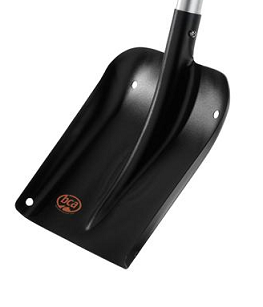
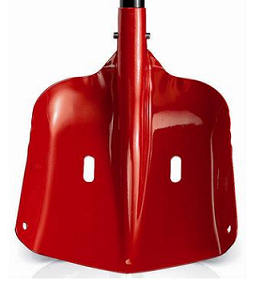
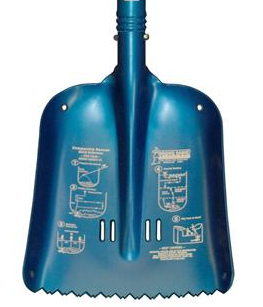
Avalanche Shovel Handle and Grip
Look for a shovel handle that feels good in your hands while digging and fits inside your backpack. Anything on the outside of your pack is at risk of getting ripped off during a fall. Most shovels have telescoping shafts that give you several leverage options. Longer shafts give you more leverage for digging; short shafts are more maneuverable in tight spaces. Shafts that are oblong or triangular in cross section can offer increased rigidity and strength.
There are several common grip types. T- and L-shaped grips are often lighter and more compact, while larger D-shaped grips are sometimes more comfortable to hold and can be used with mittens. Choose a shovel grip that works well for you and your hands. Some shovels offer the ability to configure the blade at 90˚ and use it as a hoe. This can be useful when the most efficient method of moving snow is to chop and drag it.
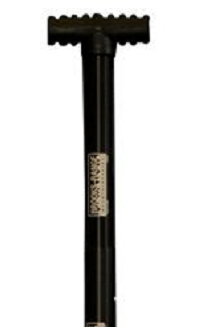
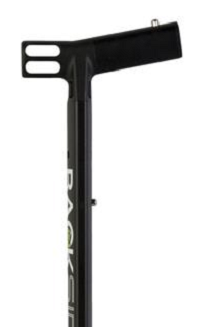
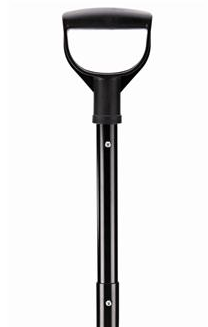
Avalanche Shovel Weight
Sure, light is right when touring, but your shovel is not the place to cut back on weight. You want an absolutely dependable tool for effective digging and shoveling during a rescue situation – if in doubt, go a bit heavier. You will find it easier to chop, dig, and move snow quickly and efficiently, crucial components of a successful rescue.
Be sure to read up on strategic avalanche shoveling and techniques that will help you save time and energy.
We recommend that backcountry travelers take an AIARE Level One class or equivalent and practice the skills they learn there regularly with their partners. Here are some great resources for avalanche safety education:
— American Institute for Avalanche Research and Education
— American Avalanche Association
— Northwest Weather and Avalanche Center
— Avalanche Canada
You should carry an avalanche beacon, shovel and probe when travelling in avalanche terrain and know how to use them. Backcountry travel requires an acceptance of the risks involved (avalanches are not the only danger) and implies a willingness to take responsibility for educating oneself about these dangers and ways to mitigate them.
Learn More With Our Other Backcountry Guides:
Backcountry Basics - How to Get Started
Splitboarding - How to Get Started
How to Skin for Backcountry Travel
How to Trim or Cut Climbing Skins
Backcountry Gear Checklist
How to Choose Alpine Touring Skis
How to Choose Alpine Touring Ski Boots
How to Choose Alpine Touring Bindings
Getting Started with Dynafit (Tech) Bindings
How to Choose Climbing Skins
Climbing Skins Size Guide
Climbing Skins Weight Chart
How to Dress for Backcountry Skiing & Snowboarding
This is evo. We are a ski, snowboard, wake, skate, bike, surf, camp, and clothing online retailer with physical stores in Seattle, Portland, Denver, Salt Lake City, Whistler, and Snoqualmie Pass. Our goal is to provide you with great information to make both your purchase and upkeep easy.
evo also likes to travel to remote places across the globe in search of world-class powder turns, epic waves, or legendary mountain biking locations through evoTrip Adventure Travel Trips. Or, if you prefer to travel on your own, check out our ski & snowboard resort travel guides and mountain bike trail guides.
Still have questions? Please call our customer care team at 1.866.386.1590 during Customer Care Hours. They can help you find the right setup to fit your needs.